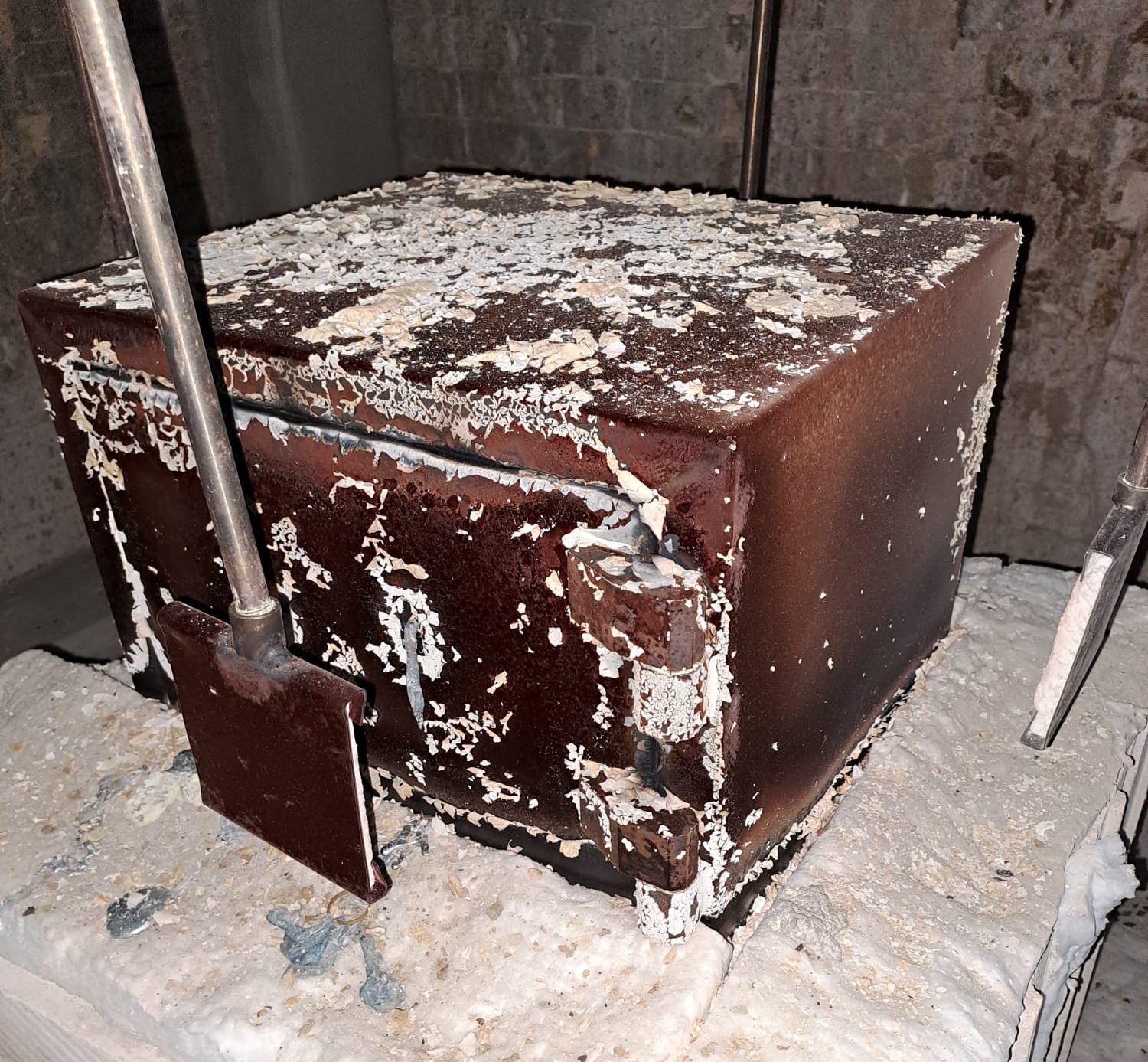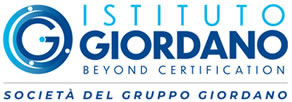UNI EN 15659:2019 - Lightweight Fire-Resistant Cabinets: Fire Resistance Classification
(Pubbl. 13/02/2025)Tag:
resistance to fire
The UNI EN 15659:2019 standard defines the technical requirements, testing procedures, and classification system for lightweight fire-resistant cabinets designed to protect paper-based media from fire exposure.
Tests conducted in accordance with this standard simulate realistic fire scenarios, ensuring standard-compliant products and reliable, comparable results.
For the execution of these tests, we are an accredited partner of the European Body ECB-S.
Objectives and scope of the standard
The purpose of the standard is to assess the capability of fire-resistant cabinets to protect paper documents during fire exposure by establishing two resistance levels: LFS 30, for protection up to 30 minutes, and LFS 60, for protection up to 60 minutes. During testing, the internal temperature increase of the specimen is measured, and compliance with the technical documentation provided by the manufacturer is verified.Sample preparation
The tested specimen must accurately represent the production model. Each test requires two identical cabinets: one is used for the fire resistance test, while the other is examined to verify that the materials used match those declared by the manufacturer. Before testing begins, the specimens are conditioned for at least 16 hours in a controlled environment at 21 ± 1°C and 50 ± 5% relative humidity. During this phase, drawers and doors remain open to ensure uniform conditioning; they are then closed, and the test must commence within one hour.The base of the cabinet is modified to allow for the installation of measurement cables necessary during testing. Any holes created are sealed with heat-resistant materials such as mineral wool or ceramic fiber.
Instruments and equipment
The test requires the use of a furnace compliant with the EN 1363-1 standard, capable of ensuring uniform heating and maintaining neutral pressure within the first five minutes of testing. Thermocouples, strategically positioned, monitor temperature increases in various areas of the cabinet.Test procedure
The specimen is placed on a non-compressed mineral wool base, which protects the measurement cables, and is surrounded by a cementitious mortar border. Once the furnace is ignited, the specimen is exposed to heat for either 30 or 60 minutes, depending on the required resistance level (LFS 30 or LFS 60). During the test, thermocouples record the internal temperature increase, which must not exceed 150 K above the initial temperature. At the end of the exposure period, the burners are switched off, and the specimen is examined.Post-test evaluation

Upon completion of the test, the cabinet undergoes a thorough analysis. The correlation with the technical documentation is verified by examining the materials present in the tested specimen, while samples taken from the cabinet are compared with the declared specifications. A set of photographs documents the specimen's condition before, during, and after testing, with particular attention given to critical elements such as seals, edges, and joints.
Conclusions
The UNI EN 15659:2019 standard serves as a fundamental reference for testing and certifying the fire resistance of lightweight fire-resistant cabinets. Through a rigorous and standardized approach, it ensures that products meet high safety standards, reliably protecting documents and paper-based media in the event of a fire.Would you like more information on this topic or to explore all activities of our Fire Resistance section?
Visit the laboratory page.
 Per info: Ing. Franco Berardi - T. 0541-322291 - E-mail. f.berardi@giordano.it
Per info: Ing. Franco Berardi - T. 0541-322291 - E-mail. f.berardi@giordano.it 







 Do you need more information about our services?
Do you need more information about our services?